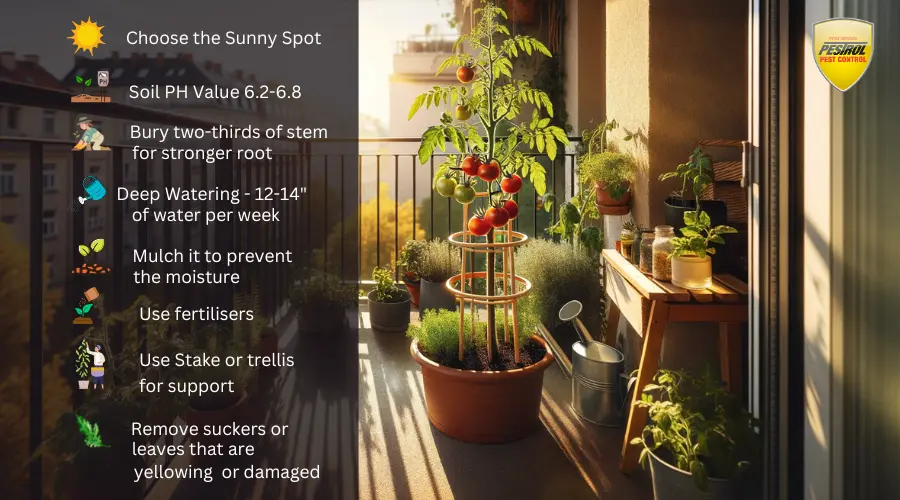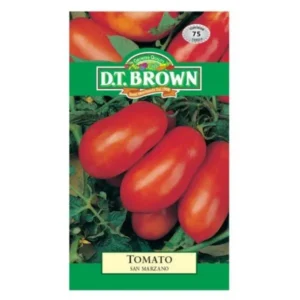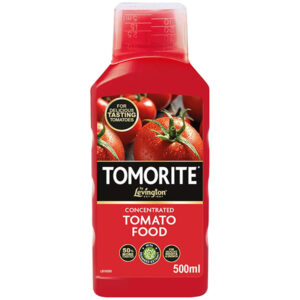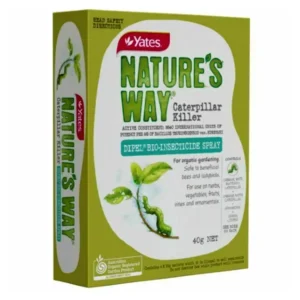Growing Luscious Tomatoes in Your Own Backyard Garden

Have you ever wondered if you should start your own gardening adventure? If so, why not begin with one of the world’s most beloved and versatile plants – the tomato? Welcome to ‘Tomato Tales,’ where we celebrate the global popularity of this remarkable fruit (yes, it’s technically a fruit!). From small backyards to sprawling farms, tomatoes have captured the hearts and taste buds of millions, making them a staple in cuisines worldwide. Whether you’re a seasoned gardener or just starting out, this blog is your ultimate guide to cultivating luscious, home-grown tomatoes. Let’s embark on this exciting journey of growing tomatoes together, transforming a simple garden patch into a bountiful tomato paradise, one plant at a time!
Selecting Tomato Varieties and Transplants
Selecting the right tomato variety is key. Consider maturity time, disease resistance, and how well they’ll suit your local climate. When picking transplants, opt for compact and robust plants, and avoid the taller, spindlier ones.
Remember, tomatoes come in two main types: determinate and indeterminate. Each has its own growth habits and support needs, so a little research will help you choose the type that’s best for your garden.
- Determinate variety type: Rouge de Marmande, Roma, Rutgers.
- Indeterminate variety type: Grosse Lisse, Red Cherry Tomatoes, San Marzano and Sweetie Tomato.

Choosing the Right Spot
Before anything else, let’s talk location: tomatoes are sun worshippers!
To give your plants the best start, find a spot where they’ll enjoy plenty of sunshine – ideally, they should soak in the sun’s rays for the better part of the day.
It’s not just about the light, though. Your soil plays a crucial role too. Aim for soil that drains well and is slightly on the acidic side, with a pH value hovering between 6.2 and 6.8. Such conditions are perfect for tomatoes to flourish and grow healthy.
Watering and Nourishing
Tomatoes need regular hydration, but it’s all about balance. Aim to give them about 1½ inches of water weekly, either from natural rainfall or your watering routine. Avoid both over and under-watering to keep your tomato plants content.
Deep watering, reaching 12 to 14 inches into the soil, is ideal as it encourages strong growth and fruitful harvests.

Planting and Caring
When it comes to planting tomatoes, timing is crucial. Aim for late spring or early summer in most regions, but if you’re in an area where tomatoes grow in fall and winter, plan accordingly. Remember, tomatoes thrive in warmth and need plenty of sun.
Here’s a tip: bury two-thirds of the stem to promote a stronger root system for healthier plants. Also, don’t forget to support your tomatoes as they grow. Use stakes or trellises to keep them standing tall.
Fertilizing Guide
- Starter Fertilizer: Use a balanced fertilizer (like 10-10-10) when planting.
- Growth Phase: Early on, a bit more nitrogen helps foliage grow. But once fruiting starts, switch to a fertilizer lower in nitrogen and higher in phosphorus and potassium, such as a 5-10-10 blend.
- Calcium: Essential to prevent blossom end rot. Choose a fertilizer with calcium, or add egg shells, lime or gypsum to the soil if needed.
- Timing: Fertilize every 2-4 weeks during the growing season, following package instructions.

Fruit and Veg Triple Boost Concentrate Liquid Fertiliser 1L
1 reviews $19.90
Richgro Plus Tomato & Vegetable Fertiliser
2 reviews $12.49Common Problems in Growing Tomatoes
Blossom End Rot: This appears as a dark, sunken area on the bottom of the fruit. It’s usually caused by calcium deficiency, often due to uneven watering. Maintain consistent soil moisture through regular watering and mulching. Use calcium-rich fertilizers if your soil lacks calcium.
Tomato Blight: Both early and late blight can affect tomatoes, showing up as spots on leaves and fruit. To prevent this, ensure good air circulation around plants and avoid overhead watering to keep foliage dry. Use fungicide sprays if necessary, and rotate crops annually.
Sunscald: This appears as a pale, leathery spot on the fruit and is caused by excessive sun exposure. Ensure plants have enough foliage to protect fruit. Avoid excessive pruning which can expose fruit to direct sunlight.
Leaf Curl: This is often a response to environmental stress, like high temperatures or over-pruning. Minimize plant stress by providing adequate water and avoiding excessive pruning. Plant in locations with good air circulation and provide some afternoon shade if in very hot climates.
Pests: Common pests include aphids, tomato hornworms, and whiteflies. Regularly inspect plants for pests. Use organic pest control methods like neem oil or insecticidal soap. Introduce beneficial insects like ladybugs or use physical barriers like netting.
Cracking: Tomatoes may crack due to sudden changes in moisture levels. Again, Keep soil moisture levels consistent. Use mulch to reduce water evaporation and select crack-resistant tomato varieties.

Richgro Dolomite Lime
1 reviews $9.95Conclusion
With these tips in your gardening toolkit, you’re all set for a plentiful tomato harvest. With enough sun, proper watering, and fertilization, tomatoes can even thrive in balcony pots. Remember, gardening is more than just a hobby; it’s a learning experience where every plant has a lesson to offer. Relish the journey and soon enough, you’ll be enjoying the literal fruits of your efforts!














 Mosquito Traps
Mosquito Traps